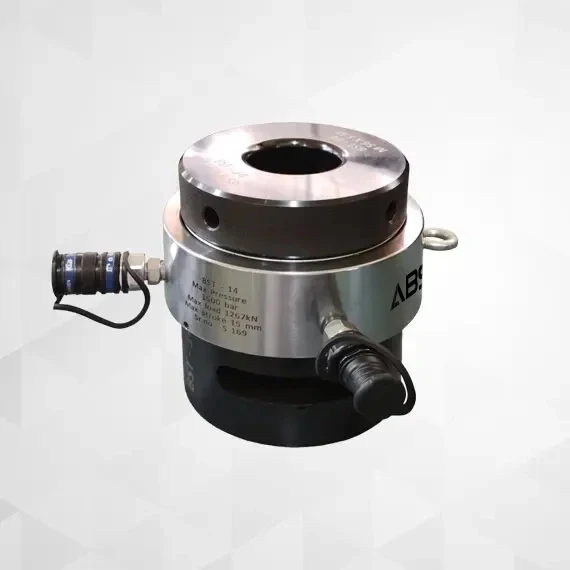ABS Hydraulic Bolt Tensioners
The ABS standard series offers a versatile and dependable range of hydraulic tensioners designed to tackle a wide variety of bolting tasks with precision and efficiency. Specifically engineered for topside operations, these tensioners excel in securely tightening flanges that adhere to widely used standards, including ANSI, ASME, and API specifications.
Whether handling routine maintenance or critical installations, the ABS lineup delivers exceptional performance and reliability for diverse industrial applications.
SPECIFICATIONS
Maximum Tensioner Load (kN) / (TONF) 4903 / 500
Minimum Tensioner Load (kN) / (TONF) 233 / 23.8
Bolt Thread Size (inch) / (metric) 3/4 - 5 3/4" / M16 - M150
Maximum Pressure (bar) 1500


